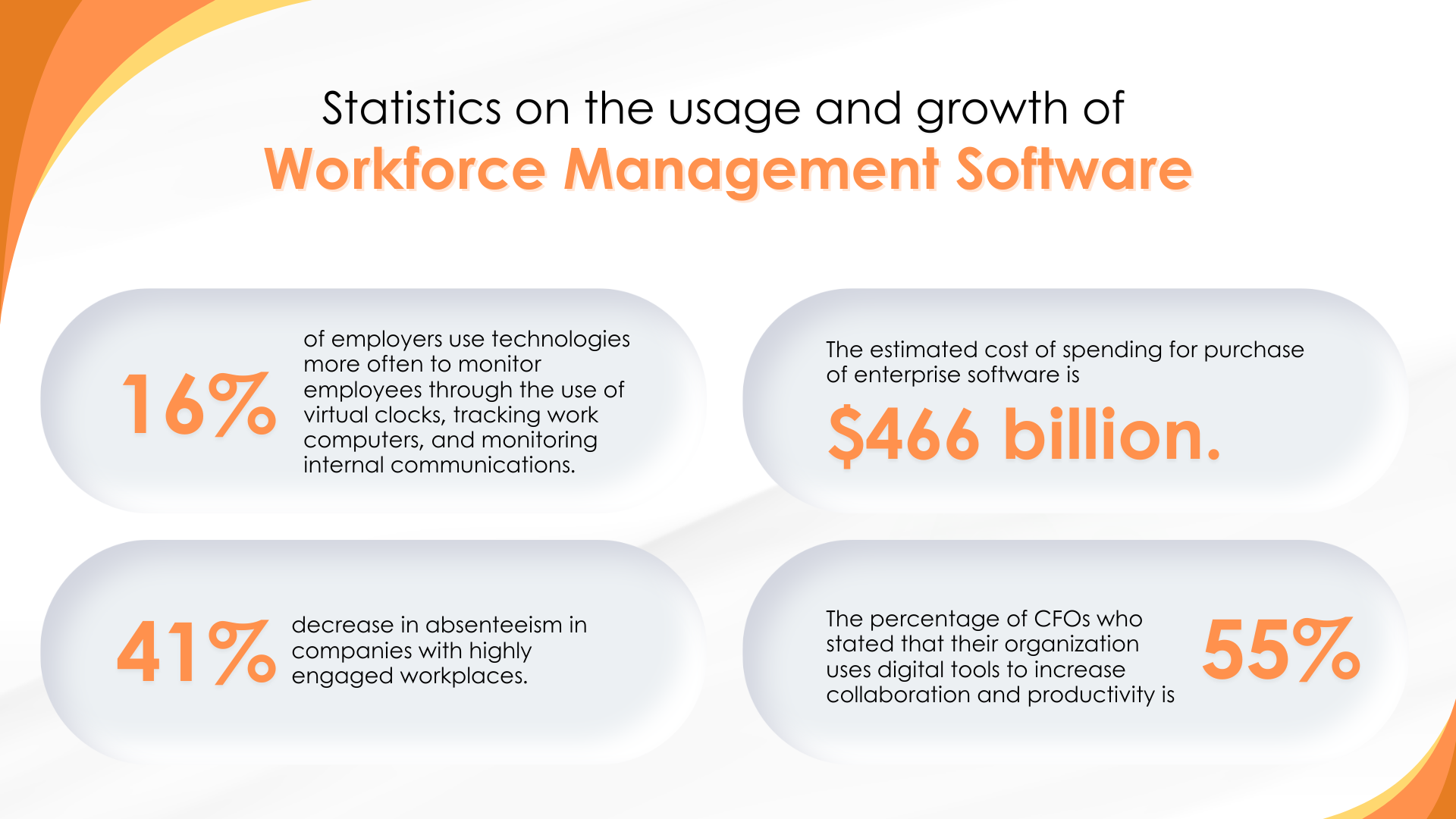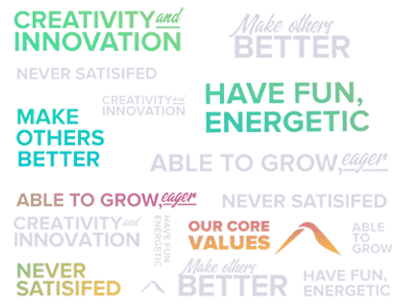Introdcution
Workforce Management (WFM) is no longer about scheduling and tracking their hours. It is a strategic task that helps businesses to adapt to productivity, increase employee satisfaction, and provide better customer experience. With the rise of automation, AI, and hybrid work models, companies reconsider their Workforce Management strategies to remain competitive. The eight critical workforce management strategies businesses adapt to be efficient, agile, and engaged.

The eight critical workforce management strategies businesses adopt to remain efficient, agile, and engaged.
Workforce Planning: Using Data for Your Advantage
The process involves examining past data with customer traffic trends and seasonal patterns to establish the correct staffing levels.
- Implement workforce analytics tools to keep track of staffing trends in real-time and make staff decisions backed by data.
- Examine busy workload intervals to modify staff rosters and avoid staffing shortages.
- The availability of labor needs to align with customer needs alongside sales patterns and staff performance.
Employee Experience & Engagement
A workforce lacking engagement shows elevated turnover rates and absenteeism, leading to substandard customer service. Employees receiving value and support deliver more work and show stronger dedication to their positions.
- Provide flexible work arrangements, including remote work options like hybrid and gig employment models.
- Equip your workforce with AI self-service platforms, enabling them to manage their work schedules, request time away from work, and exchange shifts.
- Develop recognition and rewards programs to enhance employee morale and motivation.
Gig & Contingent Workforce Integration
The gig economy is changing how businesses operate. Many companies now rely on freelancers, contractors, and temporary workers to fill their workforce. This mixed workforce requires a new approach to management.
- Use cloud-based workforce management solutions to track gig workers with full-time employees.
- Ensure compliance with labor laws about contracts, wages, and benefits.
- Develop a strategic onboarding and offboarding process to keep casual workers attached and productive.
AI-operated scheduling and automation
The manual schedule takes time and suffers from errors. Businesses need to avail themselves of AI-managed scheduling tools to optimize workforce efficiency.
- Use AI for auto-generated employee schedules based on demand forecast.
- Apply a self-service scheduling app that allows employees to accommodate their innings and reduce administrative fees.
- Automate payroll processing and compliance tracking to prevent human errors.
Performance monitoring and adaptation
It is significant to check employee performance to improve efficiency and customer service. Businesses should use real-time performance dashboards to monitor their presence, productivity, and customer interactions.
- Define clear KPIs (major performance indicators) for various roles.
- Use an A-in-managed coaching tool to provide real-time reactions to employees.
- Conduct regular performance reviews and provide individual training programs to help employees improve.
Compliance and risk management
Ensuring compliance with labor laws, industry rules, and union agreements is crucial to workforce management. Failure to comply can result in legal issues and financial punishment.
- Use compliance tracking software to stay updated and follow labor laws.
- To prevent wage violations, automate overtime calculations and staff classification.
- Employees maintain work hours and digital records of contracts for audit and legal safety.
AI-enhanced employee development
Employee development is critical to maintaining top talent and keeping teams updated with industry trends. AI-operated learning platforms can help businesses offer personal training and career development opportunities.
- Use AI to create a personal learning path depending on the strengths and weaknesses of the employee.
- Offer the Microlearning module that employees can complete in small sessions.
- Apply AI Chatbot for immediate training assistance and performance assessment.
Customer-focused workforce alignment
Workforce management combined with customer needs works better. A well-customized workforce can significantly increase customer experience by ensuring rapid response time, better service quality, and spontaneous interaction.
- Use customer demand analytics to customize staffing levels.
- Train employees to handle customer interactions using AI-operated simulation.
- Provide cross-training for employees to cover many roles and increase flexibility.
How to Choose the Right WFM For Your Business?

- Selecting the correct workforce management (WFM) solution for your business requires a clear understanding of your operational requirements, workforce size, and industry requirements.
- The challenges are scheduling incompetence, compliance issues, or employee engagement intervals. Look for a WFM system that provides automation with existing HR and payroll software, AI-powered analytics, and spontaneous integration. Scalability is critical – the solution may grow with your business.
- Prefer the user-friendly interface for adoption among employees. Finally, vendors evaluate support, safety facilities, and cost-effectiveness so that you are investing in a WFM solution that enhances efficiency and long-term success.
Conclusion
Workforce management is more than scheduling – also handling talent for extraordinary customer experience. By putting these eight WFM strategies to work, businesses can improve efficiency and create a busy task force.
Are you ready to change your workforce management approach? Start by integrating the correct technique to stay forward in the business scenario and evaluate your current processes.




